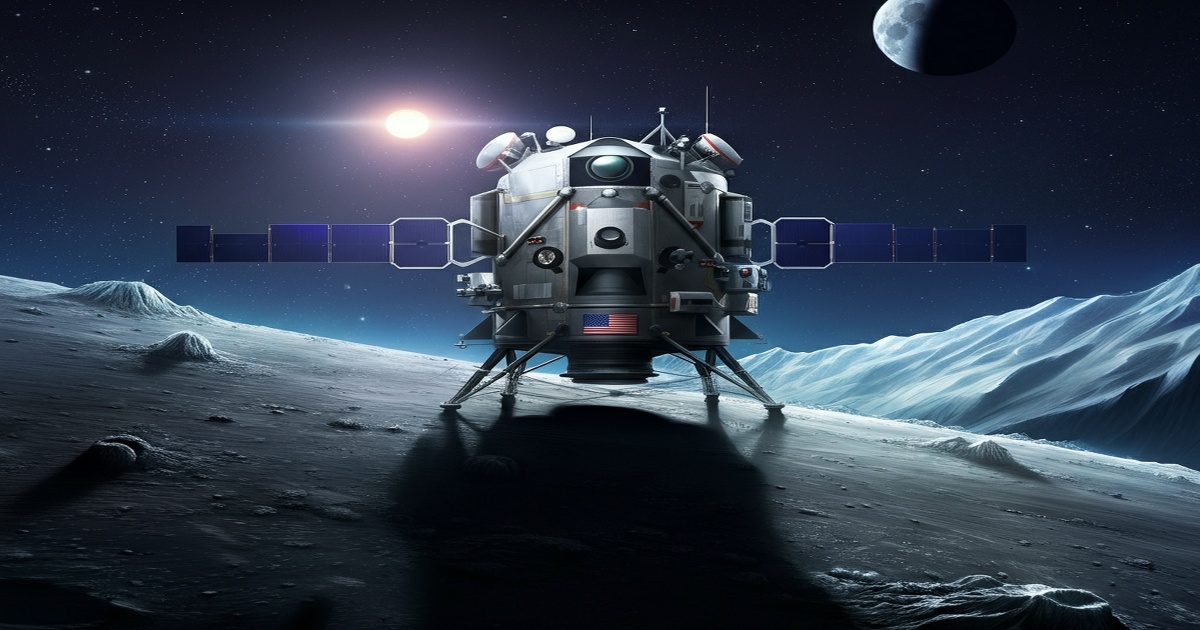The Chinese Academy of Sciences (CAS) announced that four studies, based on lunar samples retrieved by China's Chang'e-6 mission from the far side of the moon, have provided unprecedented insights into the moon's evolutionary history. These studies, published as cover articles in the international journal Nature, focused on the far side's magmatic activity, ancient magnetic field, mantle water content, and mantle evolution characteristics.
The research teams, including scientists from the Institute of Geology and Geophysics, the National Astronomical Observatories, and Nanjing University, made several groundbreaking discoveries. They revealed volcanic activity on the lunar far side, occurring approximately 4.2 billion and 2.8 billion years ago, spanning at least 1.4 billion years. They also obtained the first paleomagnetic data from the far side, suggesting fluctuations in the lunar magnetic field.
Furthermore, the researchers measured the water content of the far side lunar mantle, finding it significantly lower than the nearside mantle. This discovery points to a dichotomy in the moon's internal water distribution. They also found that far-side basalts originated from an extremely depleted source, potentially indicating a highly depleted primitive lunar mantle or melt extraction caused by large impact events.
The moon's near and far sides exhibit significant differences in morphology, composition, crustal thickness, and magmatic activities. The mechanisms behind these disparities have remained a key issue in lunar science, with previous understanding primarily relying on remote sensing studies. The Chang'e-6 mission, in 2024, brought back 1,935.3 grams of lunar far-side samples from the South Pole-Aitken Basin.
The South Pole-Aitken Basin, the largest, deepest, and oldest basin on the moon, provided a unique opportunity to clarify the compositional differences between the near and far sides. The energy from this impact crater's formation was immense, yet its exact impact on lunar evolution remained a mystery. The four articles published in Nature systematically reveal the effects of the South Pole-Aitken large-scale impact for the first time.
The Chang'e-6 mission achieved the world's first successful sample return from the lunar far side, inspiring national pride and global attention. These findings have introduced new insights into theories of lunar evolution. It is hoped that more scientists will utilize the samples and scientific data from China's lunar and deep-space exploration missions to further scientific understanding.







6 Comments
Answer
We should celebrate these discoveries; they open up so many possibilities for understanding the moon!
The Truth
Finally, we’re getting insights into lunar evolution that could reshape our understanding!
ZmeeLove
China's space ambitions seem more about national pride than genuine scientific advancement.
Comandante
What’s so special about these findings? Other countries have been studying the moon for years.
Donatello
I'm grateful for scientists pushing boundaries! This research is vital for our future in space.
Raphael
Why is the moon’s evolution more important than solving climate change?